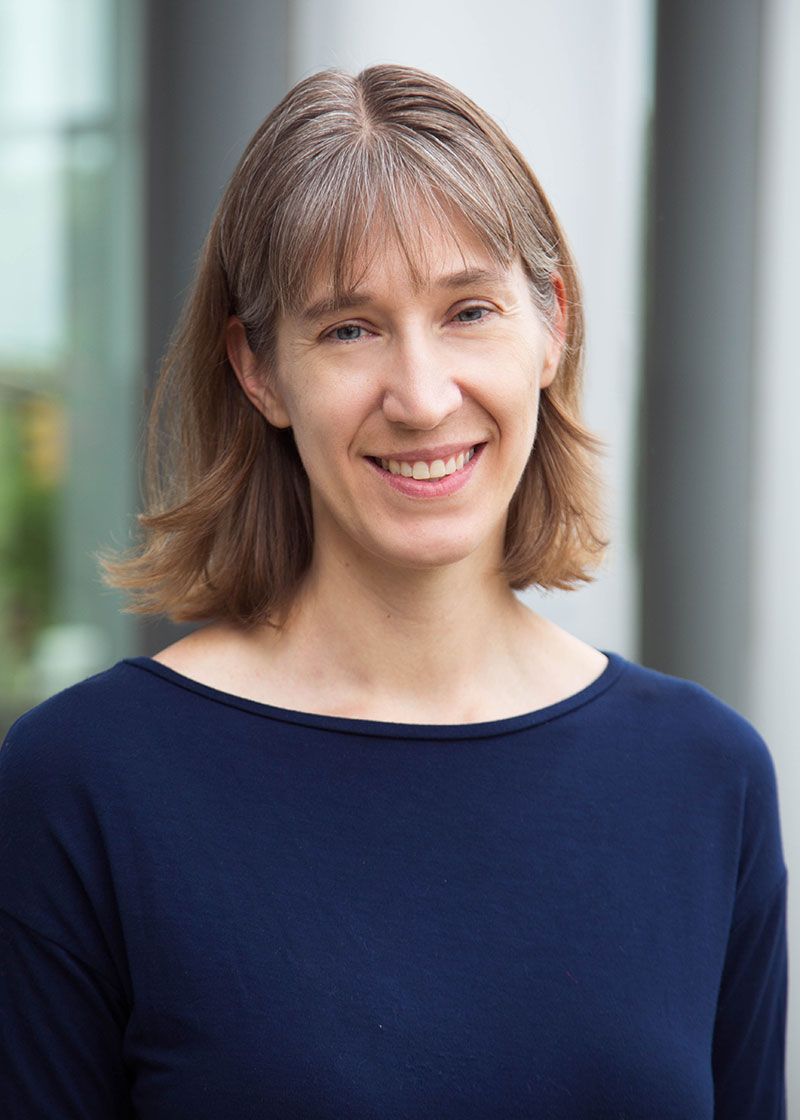
- This event has passed.
MSE Seminar: “Characterization of Complex Eutectic Microstructures”
October 8, 2020 at 10:45 AM - 11:45 AM
Eutectic phase transitions play an important role in many engineering materials, from cast iron to electronic solder. Regular binary eutectics are relatively straightforward and generally well understood, but the additional degree of freedom in three-component alloys introduces a far greater level of complexity, as three solid phases can form simultaneously from the melt. These ternary eutectic structures show promise for creating materials with unique optical and electronic properties, and are also useful for understanding the factors that control multi-phase, multi-component solidification more generally. The fundamentals of higher-order eutectics will be explained, before describing recent experimental and simulation work primarily on the model system of Al-Ag-Cu. By directional solidification at relatively low velocities and thermal gradients, ternary microstructures with varying degrees of alignment were produced and studied. These microstructures will be discussed both qualitatively and quantitatively, along with the role of diffusion, interfacial energy and crystal structure in their formation.

Amber Genau, University of Alabama at Birmingham
Associate Professor; MSE Honors Program, Director; Tri-campus Materials Science Ph.D. Program Director
Amber Genau joined the Materials Science and Engineering faculty at UAB in 2010. Before moving to Birmingham, Dr. Genau spent two years as a guest scientist at the German Aerospace Center (DLR) in Cologne, Germany, working in the Institute for Material Physics in Space. She continues to collaborate with German colleagues on various projects, and regularly organizes faculty-led study abroad trips to Germany for UAB engineering students.
Dr. Genau’s research is focused on the solidification behavior of metal alloys and characterizing complex microstructures in two and three dimensions. This work includes directional solidification of metals under carefully controlled conditions, microscopy, image analysis, and collaboration with simulation experts. The goal of this research is to be able to better understand and predict the behavior of multi-phase, multi-component alloys during and after freezing.
